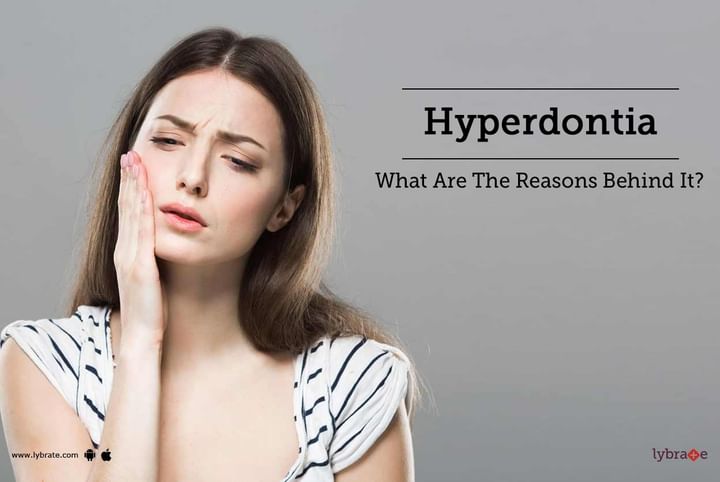Hyperdontia - What Are The Reasons Behind It?
When asked about the number of teeth, the immediate response is 32. What most people don’t realize is that this includes that 4 wisdom teeth also, which don’t erupt in 50% of the adults. The revised number is therefore 28. Again, this is what is normal, and there could be variations among people. While some could have lost some tooth and have less than 28, another interesting bunch of people can have more than 28.
This condition of having extra teeth is known as hyperdontia that is hyper for more and dontia for teeth. Also called as supernumerary teeth, they erupt in the same line as other teeth or if there is lack of space, erupt either on the tongue side or on the cheek side of the jaw bone. In severe cases, it could sometimes even give the appearance of a mouthful of teeth.
These vary in shape and size and the following are the common forms of supernumerary teeth.
-
Mesiodens: The most common form, they erupt between the incisors in the front of the mouth. The extra teeth are usually conical and much smaller than the regular incisors.
-
Paramolars: These would look like smaller molars and can grow on the cheek or the palatal side.
-
Distomolars: These are extra-small, additional wisdom teeth and grow beyond the third molars.
Reasons: Not clearly established, but genetics has a key role in their formation. Abnormalities like cleft lip and palate, Ehler-Danlos syndrome, and Gardner syndrome can also lead to supernumerary teeth. It is more common in men than in women.
Fixing Hyperdontia: Even if they do not cause any immediate damage, they will be exerting extra pressure on other oral structures and should be removed. The gums and the jaw bones will be under a lot of pressure with the extra load.
Before going ahead with removal, the underlying cause needs to be identified. If there is any anomaly like cleft lip or palate, that needs to be corrected. If Gardner’s syndrome is suspected, then other symptoms also need to be checked for. Once the cause is identified, then removing hyperdontia is just one part of the whole treatment.
A radiograph will help determine if there are additional teeth present. A removal plan then needs to be drawn up. After removal, the orthodontist will need to be involved to correct any misalignment with braces. The exact duration and type of treatment will depend on the patient condition. If it was just a conical mesiodens that erupted between the two incisors, then it could just be removed and the space closed in a short period of time. However, if there are many of them, then a planned removal and correction is required.



+1.svg)
